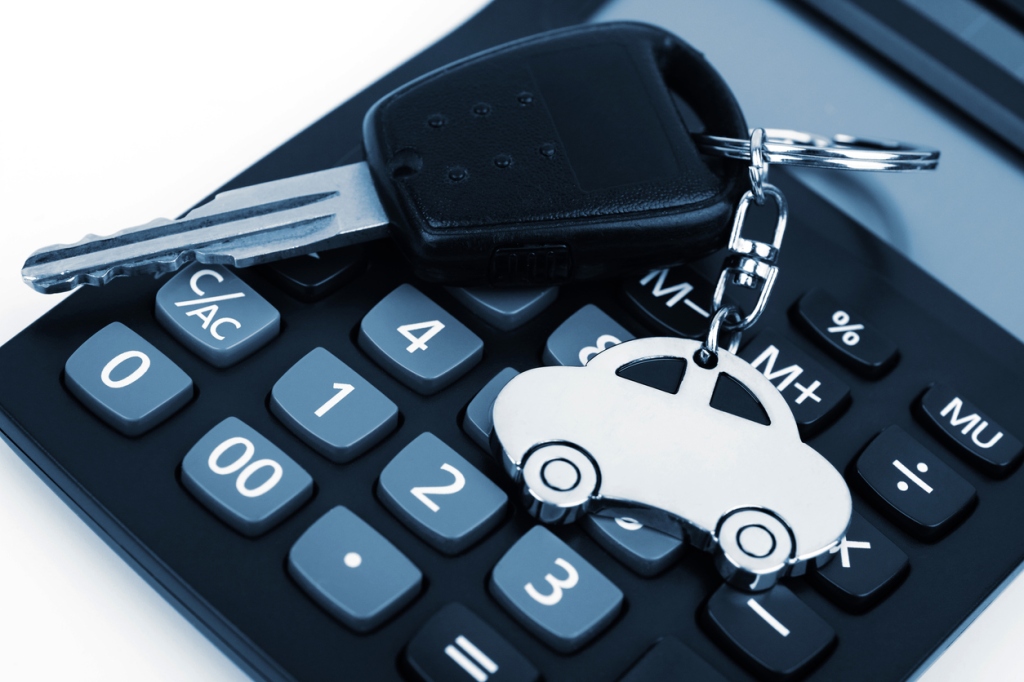View Sale Announcement Detail


Archived news

As stimulus funds disappear and inflationary pressures rise, cracks are beginning to appear in consumers' ability to handle their debt load. The KBRA Auto Loan Indices for May 2022 found auto-loan delinquencies are beginning to edge up after being at extremely low levels for the past two years. April had shown a slight down-tick, but that likely was caused by tax refunds that allowed some borrowers to catch up. The greatest increase in delinquencies has been among non-prime borrowers, who will be the first to feel the squeeze of inflation.
"We expect these seasonal tailwinds to dissipate next month and for inflationary pressures to place upward pressure on loss and delinquency rates as we enter the summer months," KBRA analyst Brian Ford wrote in the firm's latest report.
KBRA, which tracks auto loans that have been securitized and sold to investors, noted delinquencies between 30 and 59 days have increased to 7.25 percent among non-prime borrowers, up from 5.20 percent in May 2021. Even with the more than 2 percentage point increase, the numbers remain well below the mean before the pandemic.
Delinquency rates in the latter half of 2020 and the early months of 2021 ran extremely low because of stimulus funds, and because people were staying home during the pandemic and not spending money on travel and large purchases. Delinquency rates also fell because fewer borrowers were taking out auto loans during the early stages of the pandemic, therefore, fewer borrowers even had the chance to fall into delinquency. Subprime borrowers also were those more likely to stay on the sideline and not take out a new auto loan during that time.
Delinquency rates also edged up slightly among prime credit score borrowers, reaching 0.82 percent late by 30 to 59 days in May, up from 0.60 percent the previous year.
Auto lenders were well aware the delinquency rates could not stay at such extremely low levels forever. Ford Chief Financial Officer John Lawler referred to the uptick in delinquencies as "reverting back more toward the mean," which would describe the grounds where auto lenders are still comfortable accepting the risks.
"We are seeing some headwinds there a little bit when it comes to delinquencies as maybe a leading indicator," Lawler told attendees at a Deutsche Bank auto industry conference, according to The New York Post. He was also quick to point out that delinquencies are "not yet a concern" because of how low they have fallen in the past two years.
Kevin Barker, an analyst at Piper Sandler, told American Banker that banks' credit quality is "holding up better" than non-banks, which handle more of the subprime auto lending. Non-banks could serve as a bellwether for the coming months as we learn how inflationary pressures are impacting their subprime borrowers.
Meanwhile, auto loan interest rates also are ticking up in conjunction with the Fed's push toward higher interest rates to tame the rampant inflation. The average annual percentage rate for new vehicles hit 5.1 percent in May, according to automotive research firm Edmunds, the highest rate since the beginning of the pandemic lockdowns in March 2020. These rates were recorded before the Fed's latest 75 basis point rate hike.

Used automobile prices rose significantly in the latter half of 2021 because of increased demand for vehicles at the same time manufacturers were unable to deliver many new vehicles because of the chip shortage. This led many buyers to opt for a used vehicle, driving up prices to such a degree that some consumers were able to sell their used vehicles for more than they paid new.
The effects of rising auto prices could be affecting both sides of the ledger for lenders. First, consumers are borrowing more and extending the terms of their loans. Edmunds found the average monthly car loan payment hit a record $656 for new cars and $546 for used vehicles in May.
The average loan term for a used vehicle also reached a record of 70.8 months. That leaves the average borrower facing nearly six years of payments on a used automobile. While extending the term for this duration eases the monthly budget pressure, it does create a scenario where many economic circumstances can change over such a long term, especially for subprime borrowers.
For auto lenders, higher loan values and increased interest rates look positive for the long-term outlook. After working off razor-thin margins while interest rates were extremely low, lenders could see profits rise as long as borrowers can stay on track with the payments.
Higher used auto prices — up 16.1 percent in May from a year earlier — also are helping lenders in the short term when they do need to repossess vehicles as borrowers default on their loans. Lenders are able to sell their repossessed vehicles for a higher rate, cutting down on the charge-offs for the failed loans. This differential has allowed charge-offs to remain extremely low, despite the slight increase in delinquencies that began in April 2021.
In anticipation of the upcoming changes in the auto loan market, with delinquencies likely to increase and interest rates climbing, some lenders might look to rebalance their auto loan portfolios by either selling loans or acquiring loans from other lenders. Lenders are also looking to sell nonperforming accounts to decrease servicing costs and accelerate cash flow.
Lenders with a heavy auto loan portfolio, particularly in the non-prime sector, might look toward selling riskier loans to avoid defaults or selling non-performing loans to ease servicing requirements and accelerate cash flow.
Meeting the regulatory requirements of selling auto loans, however, can be complicated and time-consuming for a lender's staff. Garnet Capital can expedite the process by connecting sellers with qualified buyers and making sure all the details are handled in the proper way to meet regulators' demands. Compliance and documentation are especially critical in a nonperforming sale and Garnet has deep expertise in assisting clients to enter these markets.
Contact our loan marketing experts today to learn how we can help your lending institution handle the sale or purchase of auto loans in the most efficient way, meet your regulatory obligations, and best benefit your company's bottom line.
Garnet Capital Advisors 500
Mamaroneck Avenue, Harrison, NY 10528
(914) 909-1000
info@garnetcapital.comGarnet Capital Advisors 500
Mamaroneck Avenue, Harrison,
NY 10528
(914) 909-1000